Several weeks ago I ran across an article about HDR (High Dynamic Range) photography. HDR photos are produced by taking several different shots of the same scene with different exposure settings, and then doing a sort of a blending of all the shots to produce one image. The result can be anything from stunning to surreal, and I found that on my first attempt I was very satisfied with the result.
You see, most cameras (especially digital ones) are just not capable of capturing the same dynamic range as the human eye. Consequently, when you take a picture with a bright sky and a darker foreground, the sky may wind up exposed properly and the foreground be severely under-exposed. Conversely, if you make sure your subject is exposed properly, the background (sky, building, whatever) can be severely over-exposed. By blending these kinds of images, you can produce a single one that has all areas of the photo in the correct exposure.
As an example, here is my first attempt. It is of a tree in my backyard, taken early in the evening when the sun was just about to set and was lighting the underside of some leaves, the tops of others, and causing a lot of under-exposure of leaves deeper in the tree. First, the original shots:
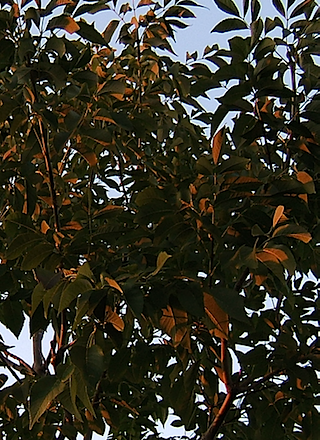
Notice that the sky is exposed properly, the tree is under-exposed.
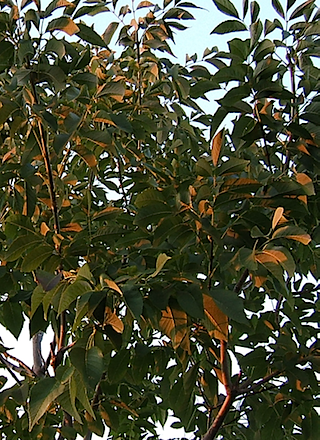
Here the exposure of the tree is better, but the sky is now over-exposed.
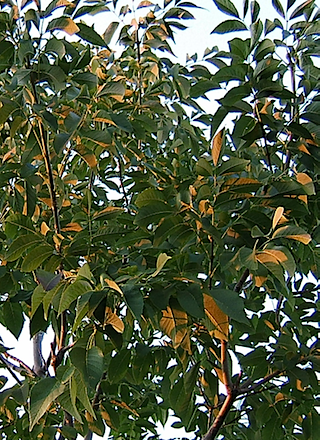
And here the tree is even slightly over-exposed, and you can hardly even see the blue in the sky at all.
Blend these 3 photographs together, and I got this:
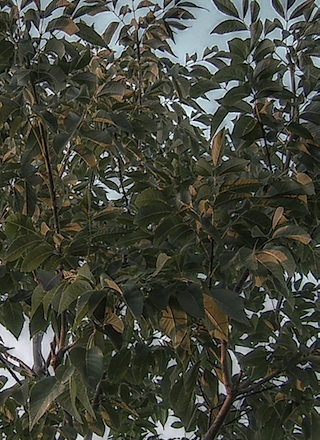
As a side effect of the blend, the colors became muted, so I did some color correction in photoshop to yield the final result:
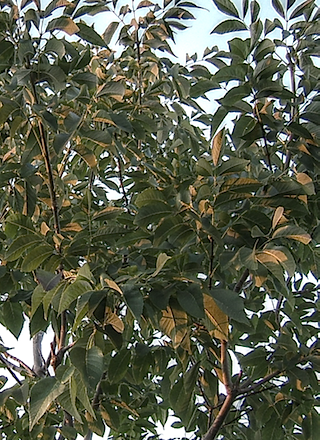
I especially love how the leaves seem to take on a translucent effect, as they do in real sunshine.
A quick search around the web revealed some truly amazing stuff people are doing with HDR. I plan to continue to try to capture some interesting shots with this technique.
Leave a Reply